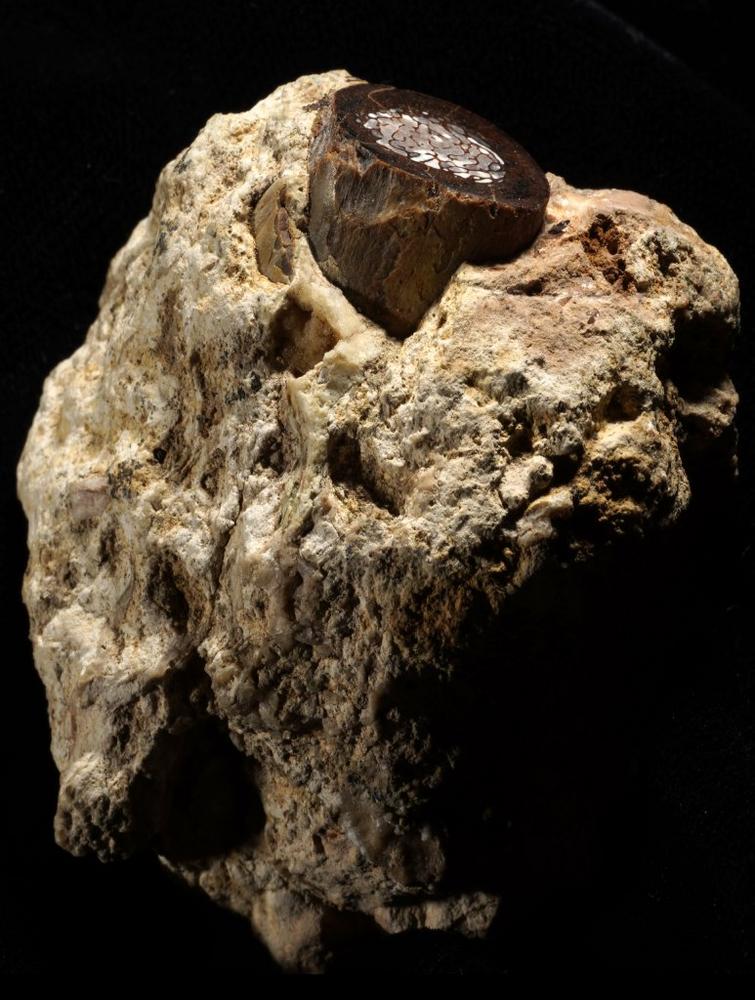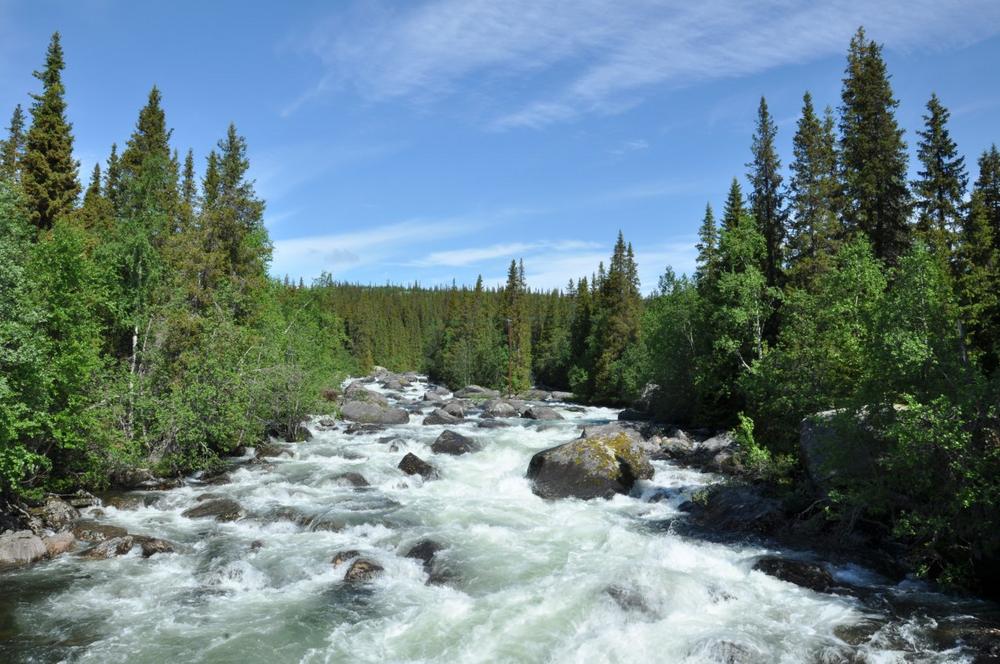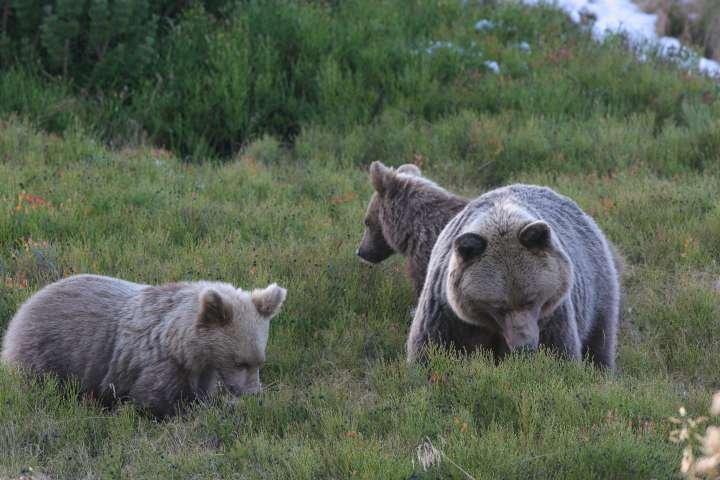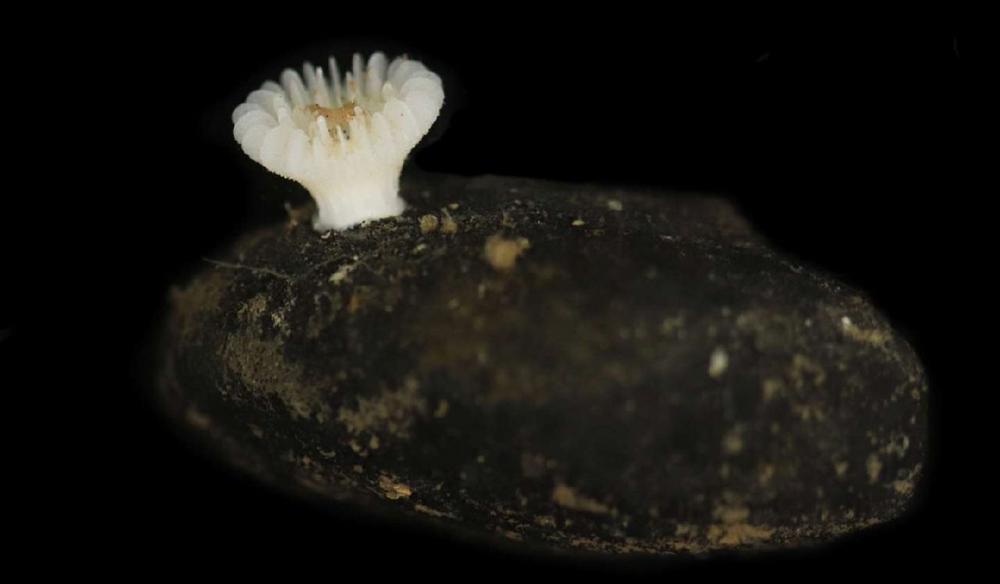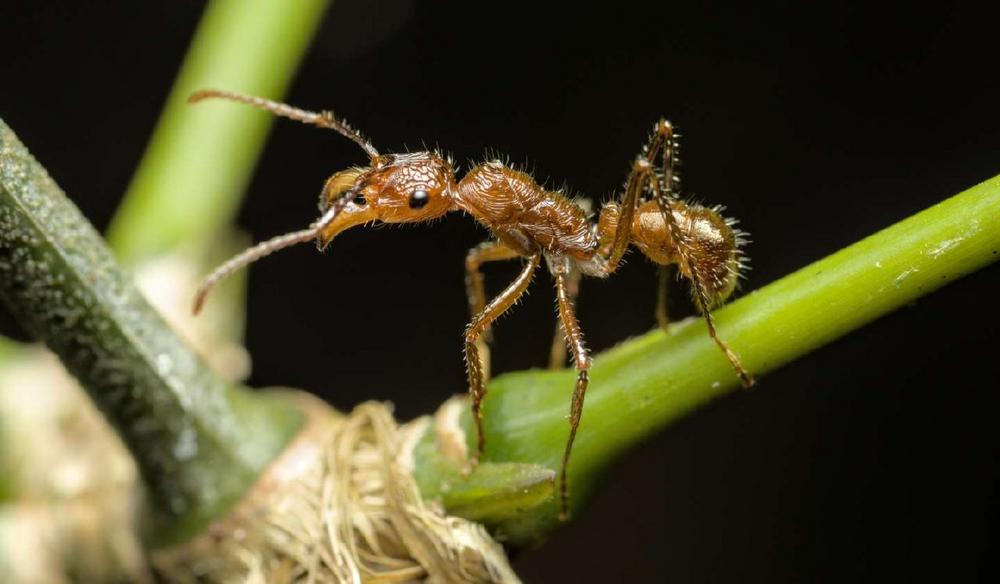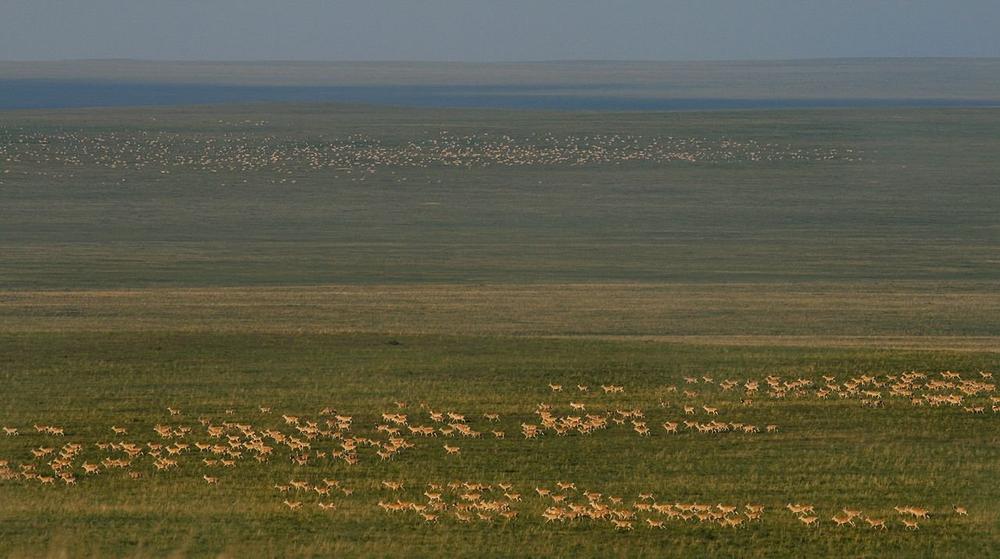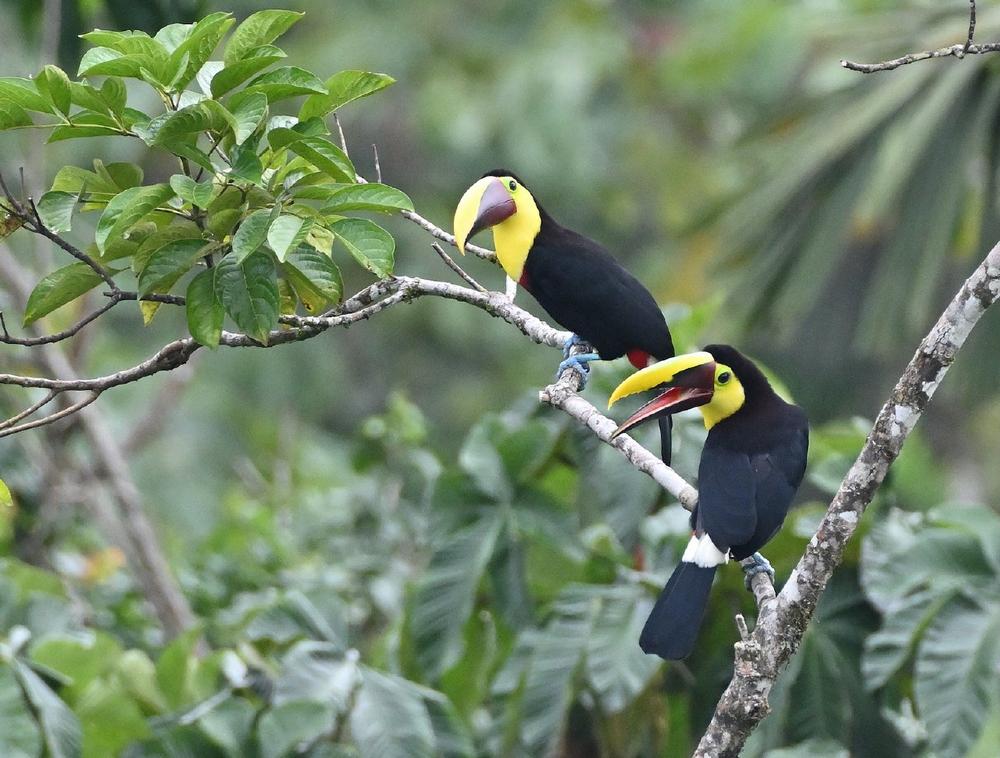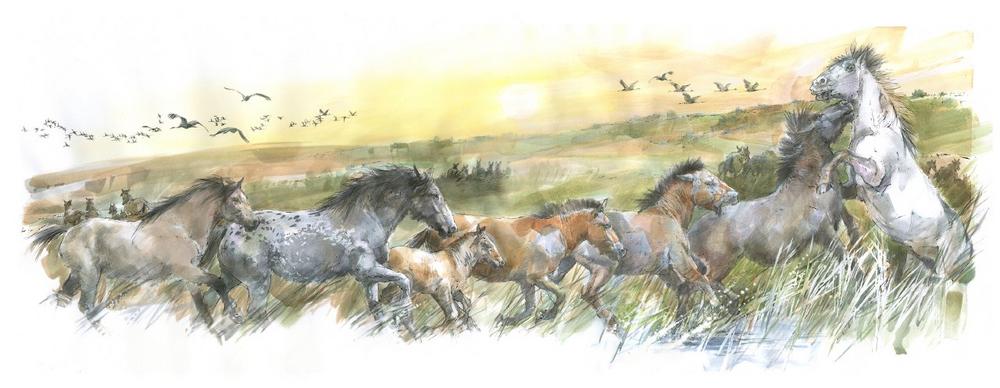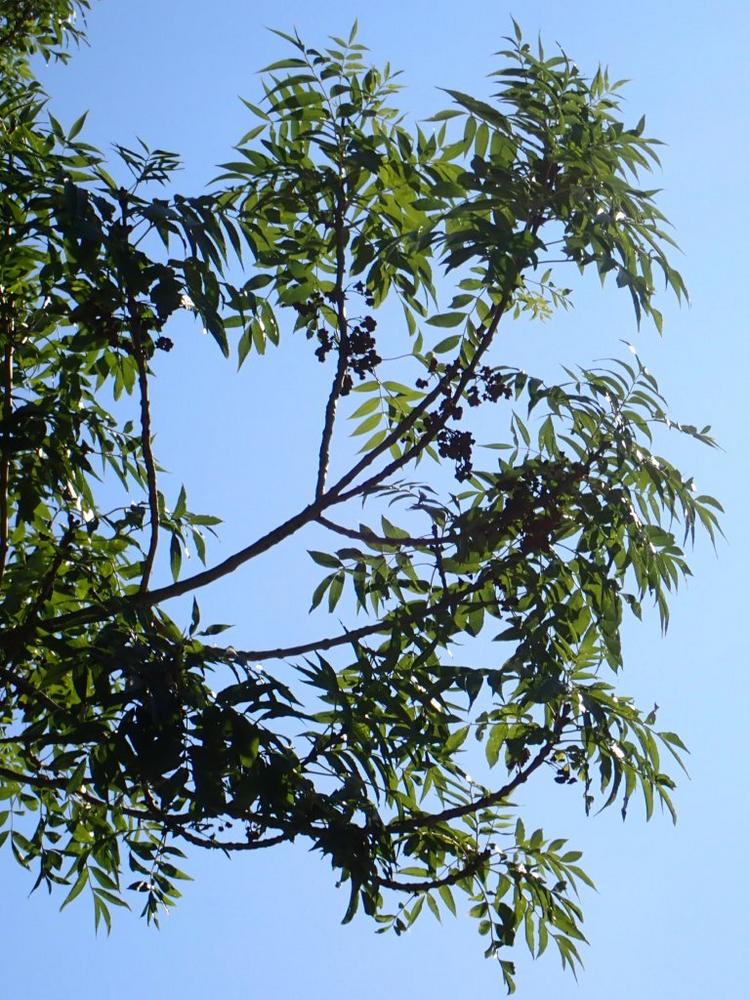-
Tiny Archives: Metabolic Molecules Store the Prehistoric World
An international research team, including Senckenberg scientists, has developed a new method to investigate what the habitats of prehistoric animals and humans looked like. Their study, led by Prof. Timothy Bromage (New York University) and now published in the renowned scientific journal “Nature,” shows that fossil bones and teeth of animals preserve far more information than previously thought. The smallest traces of metabolic products are preserved in the hard tissues over millions of years. The analysis of these molecules – so-called metabolites – allows conclusions to be drawn about diet, climate, and landscapes at important sites of early human history in Africa. What did the environment of early humans look…
-
Rivers: too little protection in the protected area
Protected areas are meant to preserve endangered species and stabilize ecosystems. But for many European rivers, this protection apparently falls short. This is the finding of a new study led by Senckenberg researchers Dr. James S. Sinclair and Prof. Dr. Peter Haase, which has now been published in the scientific journal "Nature Communications." The international research team examined the condition of rivers at over 1,700 locations in ten European countries across a period of almost four decades. The result: Existing protected areas have only brought about measurable improvements in a limited subset of rivers, even over decades. To protect rivers sustainably, conservation should be performed more holistically by considering the…
-
Bears: Changing the Menu in a Warming Climate
Bears are true omnivores. This flexibility has enabled them to successfully survive in a wide variety of habitats. An international research team led by Senckenberg scientist Dr. Jörg Albrecht has now analyzed ecological and paleoecological data on seven bear species on a large scale for the first time. The results show that most bears can flexibly adapt their diet to climate and food availability, thereby shifting their ecological role. In the new study, published in the journal “Nature Communications,” the researchers propose that the changing role large omnivores play can strengthen the resilience of ecosystems to global environmental changes. Berries, roots, nuts, and grasses, but also insects, fish, and mammals…
-
Hidden gems of the abyss: New Deep-Sea Coral Found Living on Nodules Targeted for Mining
An international research team led by Senckenberg scientist Dr. Nadia Santodomingo and Dr. Guadalupe Bribiesca-Contreras from the UK’s National Oceanography Centre (NOC) have discovered a new species of deep-sea coral that lives attached to polymetallic nodules – the same mineral-rich rocks that are the focus of growing international interest for deep-seabed mining. The coral, Deltocyathus zoemetallicus – now described in a new study published in the “Zoological Journal of the Linnean Society” – was found more than 4,000 meters below the surface in the Clarion–Clipperton Zone (CCZ) of the Pacific Ocean. This is the first known hard-coral species to live directly on these nodules. The nodules grow extremely slowly – only a few…
-
Ants Worldwide: Diversity Estimated Up To Three Times Higher
Around 14,260 living and 810 fossil ant species are currently known – but this probably constitutes only a fraction of the actual number. A new study, published in the journal “Insect Systematics and Diversity,” shows how modern methods such as DNA sequencing have changed the systematics of ants. Ants colonize almost all habitats and play a central ecological role, but many regions – especially in Asia and Africa – remain poorly studied. The international team, led by Senckenberg researchers, proposes a standardized naming system for higher ant groups and emphasizes the importance of encouraging young researchers to further expand knowledge about this diverse group of animals. It all began in…
-
“Move BON”: New Global Network for the Study of Animal Movement
Move BON, a new international research network for studying animal movement, has now been officially endorsed by the overarching GEO BON network, which brings together global observations on biodiversity and makes them accessible for research and nature conservation. The new initiative, whose leadership includes researchers from the Senckenberg Biodiversity and Climate Research Center Frankfurt (SBiK-F) and the Max Planck Institute of Animal Behavior, will enable valuable animal movement data to be better integrated into biodiversity research and national and international conservation strategies in the future. Animal movement– from migrating birds, whales and gazelles to pollinators and seed dispersers – plays a central role in ecosystem connectivity, resilience, and biodiversity around…
-
Extinction Confirmed: Cape Verde’s Cone Snail Lost Forever
The IUCN Red List has officially declared Conus lugubris—a marine snail once found only on the north shore of São Vicente, Cape Verde—Extinct. The species, last seen alive in 1987, was driven to extinction by coastal development that destroyed its fragile habitat. While its loss is a sobering reminder of biodiversity’s vulnerability, the story of C. lugubris has already helped inspire stronger environmental protections in Cape Verde and renewed global efforts to assess and conserve marine invertebrates. Conus lugubris, a cone snail once unique to Cape Verde, has now been assessed as Extinct in the latest update of the IUCN Red List of Threatened Species. This tiny marine snail, about…
-
Natural recovery of tropical forests needs time
An international research team from the Senckenberg Biodiversity and Climate Research Center Frankfurt (SBiK-F) has investigated how quickly seed dispersal by animals in tropical forests recovers after deforestation. Their study, now published in the scientific journal “Current Biology,” shows that it takes decades for seed-dispersing animals to come back and interact with plants. A crucial factor for the speed of seed-dispersal recovery is the connection to nearby intact forest areas. Rainforests are irreplaceable hotspots of biodiversity and are considered the “green lungs of the Earth”. However, the area of pristine tropical forests continues to decrease due to deforestation. The restoration of tropical forests is therefore crucial for biodiversity conservation and…
-
300,000-year-old Genomes: History of the Schöningen Horses Deciphered
For the first time, a research team from the Senckenberg Centre for Human Evolution and Palaeoenvironment at the University of Tübingen and the Schöningen Research Centre have reconstructed the genomes of an extinct horse species Equus mosbachensis from the archaeological site of Schöningen in Lower Saxony, approximately 300,000 years old. Thanks to exceptionally favorable preservation conditions, the researchers were able to identify the oldest DNA yet discovered from an open-air site. Their analyses show that the Schöningen horses belong to a lineage that is considered to be the origin of all modern horses. The study was published today in the journal “Nature Ecology & Evolution.” Domestic and wild horses, donkeys…
-
Genetic Diversity: Nature’s Underestimated Lifeline
Genetic diversity – the diversity within species – is a crucial yet often underestimated basis for the protection of biodiversity. A recent publication in the journal “People and Nature,” co-led by Senckenberg researcher Deborah M. Leigh, emphasizes the central role of genetic diversity for a “nature-positive” future. This refers to a state in which the loss of nature is not only halted but also reversed. In order to achieve this goal, genetic diversity must be taken into consideration when drawing up management and conservation concepts, says the international research team. The European ash (Fraxinus excelsior) provides valuable wood and is an important part of the ecosystem for many species. However,…

